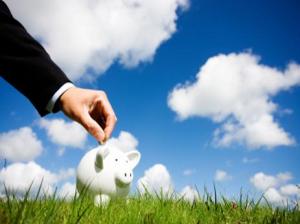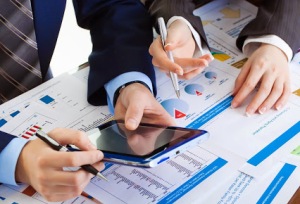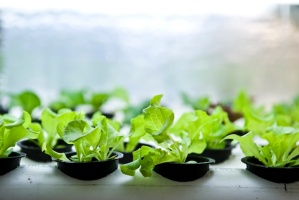 Both institutional and individual investors have increasingly begun to explore alternative assets in recent years as a way of trying to increase returns or diversify risk. The term "alternative assets" may include specific physical assets, such as natural resources or real estate, art, farming or methods of investing, such as hedge funds or private equity. There are many types of investments can be used to diversify investment portfolios. Diversifying investments is part of perfect portfolio management; so that if one type of investment is performing poorly, another may be doing well.
Both institutional and individual investors have increasingly begun to explore alternative assets in recent years as a way of trying to increase returns or diversify risk. The term "alternative assets" may include specific physical assets, such as natural resources or real estate, art, farming or methods of investing, such as hedge funds or private equity. There are many types of investments can be used to diversify investment portfolios. Diversifying investments is part of perfect portfolio management; so that if one type of investment is performing poorly, another may be doing well.
A Hong Kong based alternative investment specialist, Terravida offers a bundle of novel opportunities for wise investors to diversify their portfolios. Commercial Real Estate investments are one among them; you may make either direct or indirect investments in commercial buildings or land, carehomes etc.
Direct investment involves the purchase, improvement, and/or rental of property; indirect investments are made through an entity that invests in property. Real estate has a relatively low correlation with the behavior of the stock market and is often viewed as a hedge against inflation.
Natural resources and agriculture are also good alternatives; most investments in natural resources such as timber, farmland, oil or natural gas etc. are available. Art, antiques, gems and collectibles are also a good choice. Some investors are drawn to investment-grade collectibles because they may retain their value or even appreciate as inflation rises. If you are a knowledgeable art collector or have expert advice, they may generate high returns. However, their value can be unpredictable and can be affected by supply and demand, economic conditions, and the condition of an individual piece or collection.
The renewable energy market also represents a compelling investment proposition for investors as long-term trends point to an expansion in energy demand. The long-term cash flow and fixed income characteristics of renewable power assets are appealing to institutional investors seeking to meet their future liabilities. Terravida offers a unique opportunity for investors seeking uncorrelated risk-adjusted returns and predictable cash yield from investments in actual wind and solar projects.
Commodity investment is also a new trend; commodities are physical substances that are fundamental to the creation of other products or to commerce generally. Examples of commodities include oil and natural gas; agricultural products such as corn, wheat, and soybeans; livestock such as cattle and hogs; and metals such as copper, nickel and zinc etc. Terravida invest offers industry expertise and access to opportunities for all alternative investors, with its strong focus on returns and superior risk management.


